The opening of a new department for Special Needs Education at the University of Regensburg has provided an opportunity to completely redesign the special needs part of the degree course, which encompasses 120 credits. We almost fell into the “trap of completeness” (Lehner, 2020) in the process. A competency matrix helped us bundle the content to create a coherent degree course based on the intended learning outcomes and forms of acquiring knowledge and skills.
In the initial phase of designing the course, we chose an approach that anyone who has ever come up with a new concept for a course or module is bound to be familiar with: we began by collecting significant themes. There was a great deal of content that seemed to be important for students and the work they would do later on. This collection of themes was more focused on the idea of completeness than on an in-depth examination of selected content. The first few drafts were overloaded with content and there was very little focus on competency. Nine semesters barely seemed sufficient for all of the aspects to be considered. When dealing with this challenge, we designed a framework, or scaffolding, that created a macro-didactic structure irrespective of the specific content. This scaffolding is a matrix consisting of two axes that focuses on the students’ competency acquisition (see Figure 1).
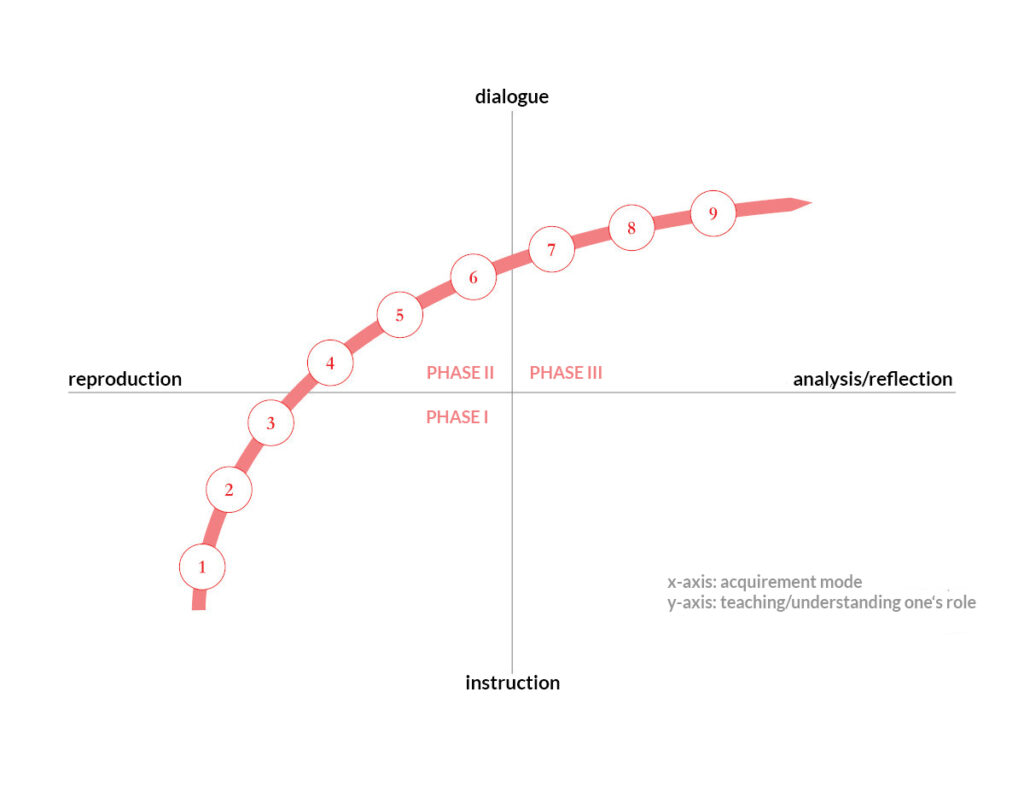
The x-axis represents the different degrees of the acquirement mode, which ranges between the two extremes of “reproduction” and “analysis / reflection”. The y-axis reflects the continuum between teaching and understanding one’s role with the two poles “instruction” and “dialogue”. The arrow stands for the nine-semester degree course, which is subdivided into three phases.
Using this matrix as a basis, it was now possible not only to organise teaching forms and intended learning outcomes but to derive types of examination, human resources and the structuring of self-learning phases from it as well.
Degree course phase 1 | Instruction and guided learning
The first phase of the course includes course semesters 1 to 3 and the teaching is more instructive in nature. The core intended outcome in this phase is to acquire knowledge and reproduce it. This objective is expressed by the competency-based module descriptions (e.g. “Knowing and naming fundamental questions of educational science regarding people with mental disabilities” or “Questioning and describing in the context of specific aspects of educational science in the case of people with mental disabilities”).
Operators which describe the expected competencies (know, name, describe, present, and many others) represent a lower level of requirement. This is also reflected in the different emphases and forms of the examinations taken in these modules (oral and written examinations, etc.).
The majority of the human resources goes into this phase of the degree course; modules encompassing ten credits require eight hours of lectures or seminars per week. The amount of contact time in the in-person courses therefore outweighs the amount of time spent in independent study, and the students are closely supervised.
The self-learning phases are guided very specifically – with questions on selected texts for orientation, for example. These questions providing orientation are closely related to the text and the content of the course. They hardly require any previous knowledge and are generally discussed in the in-person lectures and seminars. In the first phase of the degree course, a seminar is typically structured to create a balance between the amount of input provided by the lecturer and discussion of the tasks addressed in the self-learning phase.
Degree course phase 2 | Feedback and support
In the second phase of the degree course (course semesters 4 to 6), the names of the modules (e.g. “Discussing and presenting questions of educational theory and ethical questions in the context of mental disability” or “Appraising and facilitating as aspects of action in line with Special Needs Education”) are increasingly aimed at more exacting competencies, which are specified by means of operators like discuss, explain and plan. This phase of the degree course includes various practice placements in schools; these placements are accompanied by corresponding seminars.
The types of examination (e.g. presentation, portfolio to document and reflect on the placement) reflect the features of this section in that the formal specifications become less important and make way for students to set an individual focus instead.
Modules from this phase of the degree course are designed in such a way that from four to six hours per week are designated for a module encompassing ten credits. This means that the independent acquisition of content and the guided preparation and wrap-up for lectures and seminars becomes more important. This phase is characterised by a successive transformation in the lecturers’ understanding of their role, which changes from that of a teacher to that of a partner in a dialogue.
The amount of input given by the lecturers in seminars is reduced. Instead, students present lessons, some of which they plan and carry out themselves, give each other feedback and also get feedback from the lecturer. That way, they take more and more responsibility themselves for the success of their studies. In this section, the students are not supervised as closely during their self-learning phases. Students are expected to use their self-sustaining skills, expertise and methodological competency from the first phase of their studies to prepare texts independently, for example.

Degree course phase 3 | Reflection and dialogue
In the last third of the degree course (course semesters 7 to 9), the focus is on competencies in the area of analysis and reflection. Here, the modules have titles like “Interconnecting and bringing forward arguments in the context of educational science, didactics and psychology regarding people with mental disabilities”, for example. Words like analyse, discuss and reflect underline the expected competencies.
The contact time in the modules continues to be reduced; four hours of lectures or seminars per week are required for ten credits. This means that the independent acquisition of content becomes even more important. The students set an individual focus in the context of optional courses. In contrast to general lectures providing an overview, seminars on selected aspects enable students to gain deeper insight into certain areas by way of example in preparation for their final examinations. During this phase of their studies the students prepare their dissertation. Here, they take an independent look at the topic they have chosen themselves, applying their previous knowledge and the skills they have learned in phases 1 to 3.
So far, the matrix has not only proven its worth as a tool when designing the degree course but has meanwhile gained new significance: in terms of quality management, the alignment between the focus of individual courses and the competency matrix can also be discussed. By comparing the course design with the matrix, it is possible to verify questions like the following:
- Does the seminar design correspond to the intended competencies with regard to method and content?
- Does the examination correspond to the intended competencies?
- Is the self-learning phase consistent with the intended competencies for the phase with regard to the type and range of the assignments?
- Are the students allowed enough leeway? Or do they need (even) more guidance?
As the structure of the scaffolding is independent of content, it can form a sound basis for the competency-based design of different degree courses.
References
Dworschak, W., Kölbl, S., Selmayr, A. & Zimmermann, K. (2021). Die Villa wird noch renoviert. Der Lehrstuhl für Pädagogik bei geistiger Behinderung einschließlich inklusiver Pädagogik an der Universität Regensburg nimmt seine Arbeit auf. https://doi.org/10.5283/EPUB.50906
Lehner, M. (2020). Viel Stoff – wenig Zeit. Wege aus der Vollständigkeitsfalle (5. Auflage). Bern: Haupt Verlag.
Suggestion for citation of this blog post: Selmayr, A. (2022, November 10). Between the trap of completeness and the emphasis on competency – Scaffolding for designing degree courses. Lehrblick – ZHW Uni Regensburg. https://doi.org/10.5283/ZHW.20221110
Our authors introduce themselves:

Anna Selmayr
Anna Selmayr is a research assistant at the Chair of Education for Intellectual Disabilities including Inclusive Education (Prof Dworschak) at the University of Regensburg.


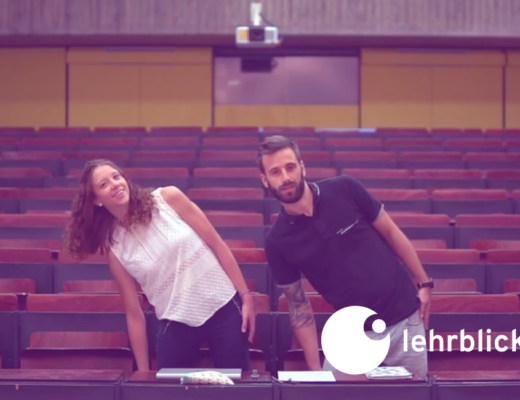








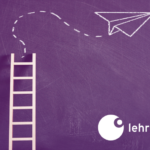


















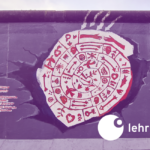














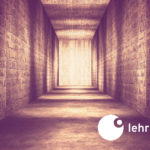

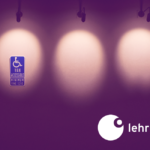


















No Comments